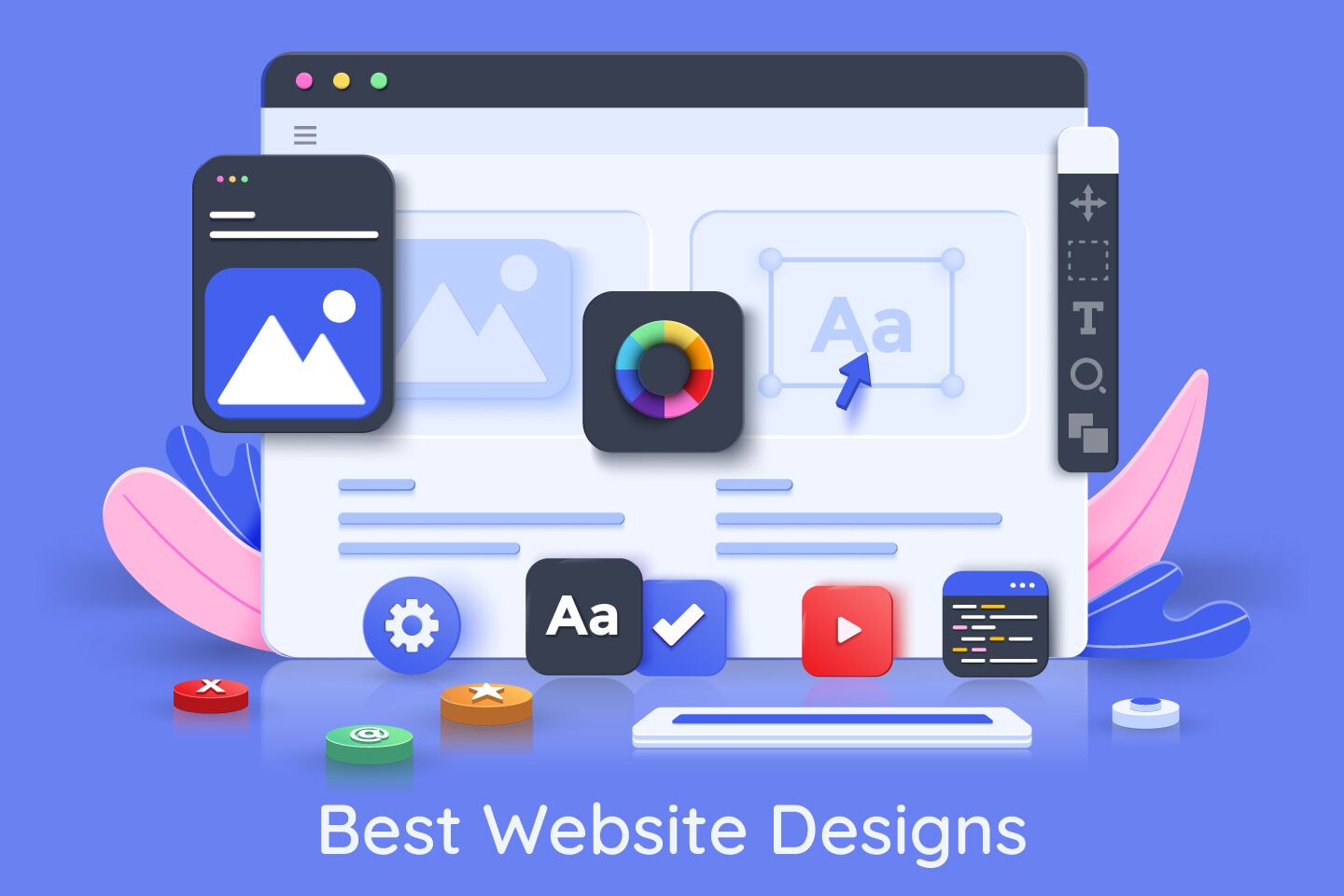Comprehending Customer Experience: Secret Concepts for Successful Website Design
In the realm of internet style, recognizing customer experience (UX) is paramount to creating platforms that not only draw in however likewise maintain customers. Trick concepts such as instinctive navigating and reliable feedback mechanisms play essential functions in promoting individual contentment. Additionally, considerations for ease of access guarantee that all customers can engage with the material flawlessly.
Importance of Individual Experience

In the world of web design, one can not take too lightly the relevance of user experience (UX) as a crucial aspect that directly affects the success of a site. When customers come across a appealing and intuitive user interface, they are much more most likely to check out the content, transform into consumers, or share their experiences with others.
It encompasses the total performance of a web site, making certain that navigation is smooth and details is quickly obtainable. Sites that prioritize UX are commonly regarded as even more reputable and credible, which can have an extensive influence on conversion prices.
Inevitably, buying individual experience is not simply a style option; it is a calculated decision that can separate a brand name in a congested market. By focusing on UX, services can produce significant interactions that resonate with individuals, leading the way for sustained success in the digital landscape.
Functionality Concepts
Efficient internet layout rests on the application of vital use concepts that make sure an internet site is both functional and user-friendly. Central to these principles is the principle of intuition, where individuals can navigate the site effortlessly without comprehensive instruction. Clear navigation structures, consisting of consistent designs and well-labeled menus, boost this user-friendly experience, allowing customers to find information promptly.

Consistency is equally important; maintaining harmony in layout aspects, terminology, and procedures throughout the website helps to minimize complication. Customers must not need to relearn exactly how to communicate with different sections of the website.
Additionally, mistake avoidance and healing are crucial for use. Internet sites should be designed to decrease the opportunity of individual errors, and when mistakes occur, useful and clear mistake messages should guide customers towards resolution.
Accessibility Factors To Consider
Guaranteeing accessibility in internet design is extremely important for producing inclusive electronic experiences that accommodate all customers, including those with handicaps. Availability considerations entail developing internet sites that fit varied requirements, enabling customers with visual, acoustic, cognitive, or motor disabilities to navigate and engage efficiently.
To attain this, web developers should stick to established standards, such as the Internet Content Availability Guidelines (WCAG) These standards offer a framework for making material perceivable, operable, reasonable, and robust. Secret practices consist of making sure sufficient shade contrast, giving text alternatives for non-text material, and ensuring keyboard navigability.
Furthermore, semantic HTML should be used to boost screen reader compatibility, enabling customers with visual impairments to understand the structure and definition of content without effort. web design. Supplying clear, succinct instructions and making use of straightforward language can even more improve use for people with cognitive disabilities
Routine availability screening, entailing real individuals with specials needs, is essential to determine obstacles and boost the user experience. By prioritizing ease of access, internet designers not only follow legal requirements but also foster a more fair electronic landscape, find out here inevitably profiting everybody with improved functionality and interaction.
Aesthetic Design Components
A myriad of visual design elements plays a crucial duty fit individual understandings and experiences on a web site. These elements include shade schemes, typography, design, imagery, and whitespace, each contributing to the overall aesthetic appeal and effectiveness of a website.

Shade schemes stimulate emotions and can influence customer actions; for circumstances, cozy shades might produce a feeling of seriousness, while great shades usually advertise calmness. Typography, on the various other hand, influences readability and can develop a brand name's character - web design. The option of font style and size need to align with the website's objectives and target audience
Images, including pictures and symbols, boosts storytelling and can substantially affect individual interaction. Premium visuals create a feeling of professionalism and reliability, while poor-quality pictures may detract from the customer experience.
Layout and whitespace are equally important, as they lead customers with the material. A well-structured layout aids customers locate details promptly, while appropriate whitespace avoids clutter, facilitating a much more enjoyable searching experience.

Evaluating and Iteration
Customer testing and iteration are basic elements of a successful internet style procedure. These methods enable developers to gather valuable over here responses from actual customers, making sure that the end product meets their demands and expectations. User screening involves observing just how genuine customers engage with a site, recognizing functionality issues, and understanding customer habits. This straight comments is important in revealing discomfort points that may not appear during the layout phase.
Iteration, on the other hand, is the procedure of improving the design based on the insights obtained from customer testing. By making incremental modifications and re-evaluating the layout, groups can boost functionality, improve aesthetics, and optimize individual interaction. This intermittent strategy cultivates a culture of constant enhancement, permitting designers to adapt to user requirements and arising trends efficiently.
Additionally, incorporating both user testing and iteration into the style procedure leads to more informed decision-making and eventually leads to an extra user-centered item. By embracing these principles, web designers can develop more user-friendly, appealing, and efficient experiences that reverberate with their target market, inevitably driving greater individual satisfaction and retention.
Conclusion
Finally, customer experience is a critical element of efficient web style, including functionality, ease of access, and visual factors to consider. Complying with well-known concepts boosts individual complete satisfaction and interaction, promoting a more inclusive online setting. Continual screening and version act as vital procedures for resolving and visit this page determining individual pain factors, making sure that website design stay adaptable to developing needs. By focusing on these aspects, internet designers can create user interfaces that not only fulfill individual assumptions however additionally promote long-term connections.
In the realm of internet design, recognizing individual experience (UX) is critical to developing platforms that not just bring in but additionally retain individuals.In the world of internet design, one can not underestimate the value of user experience (UX) as an essential aspect that straight influences the success of a web site. User screening involves observing exactly how actual individuals interact with a site, determining use issues, and comprehending individual actions.In verdict, user experience is an important part of reliable web design, encompassing usability, ease of access, and aesthetic considerations. Constant testing and version serve as crucial processes for determining and resolving user discomfort factors, making certain that internet styles stay adaptable to developing needs.